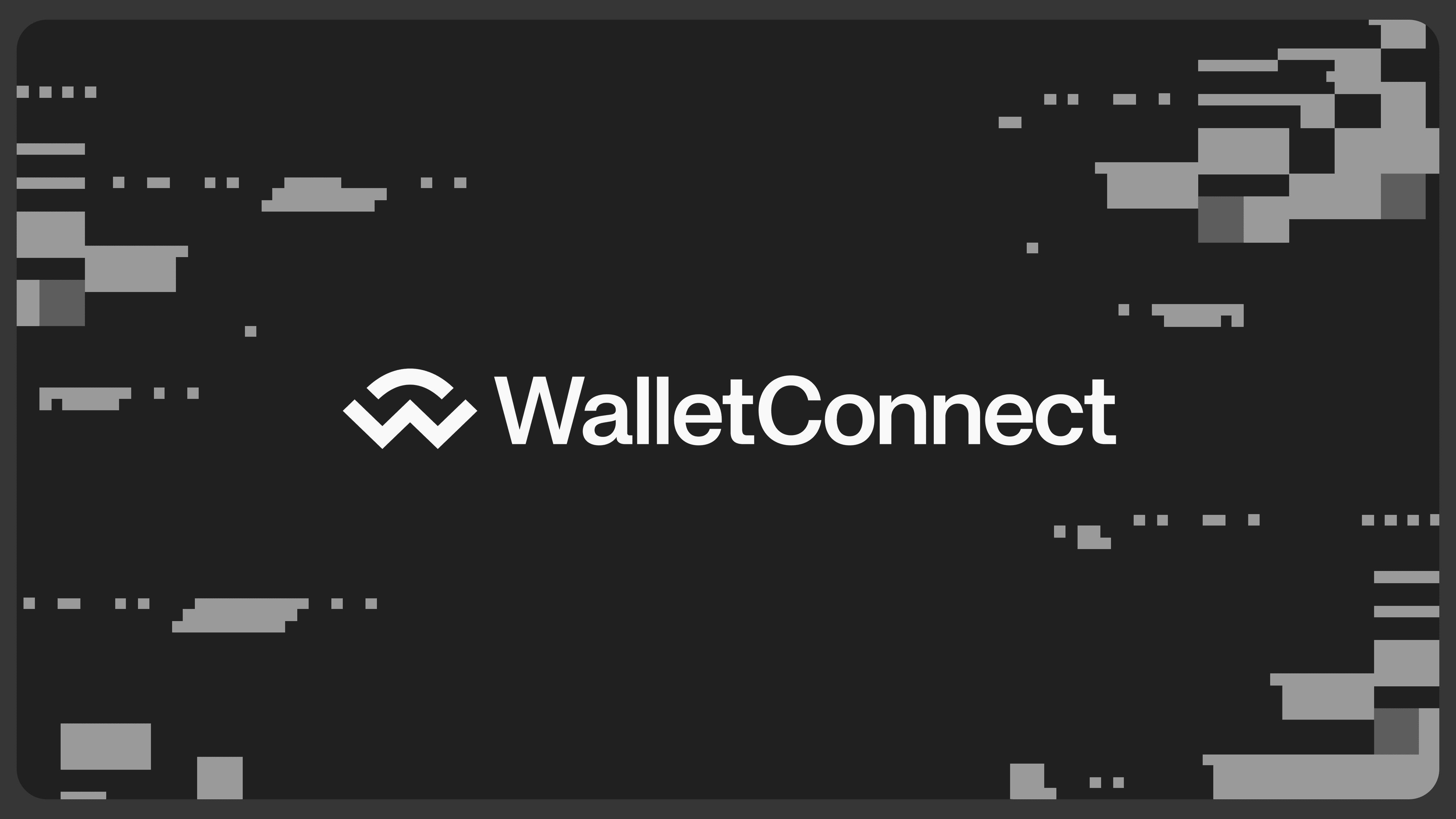Don't just understand @WalletConnect as a simple tool for scanning and connecting wallets. This view is as shallow as seeing Visa merely as a plastic card. The true positioning of WalletConnect is the TCP/IP protocol of the Web3 world—it is not an application, but the infrastructure that allows all applications to interconnect.

In the wild era of Web3, it solved the most fundamental 'connection friction' problem in the ecosystem effortlessly through an open-source protocol. When over 600 wallets and more than 65,000 dApps choose it as a universal standard, it has already established an unfathomable network effect moat. Any new project that is not compatible with WalletConnect is equivalent to cutting itself off from 99% of users. This is a near-monopoly, silent power.

For years, this 'power center' has been free. But the launch of the $WCT token has completely changed the game. This marks the point where the 'main valve' of Web3 traffic finally begins to build its own value capture layer.
$WCT is more than just governance voting; it is designed as the core of 'driving the network'. This means that a series of economic activities, such as staking, network fee sharing, and developer incentives, will revolve around WCT. Its multi-chain deployment on Optimism and Solana is not just a simple functional expansion but extends its 'toll booth' model from the Ethereum main road to all highways in the crypto world.
Therefore, the core logic of investing in $WCT is not betting on a single application but rather betting on the 'toll fee' of the entire Web3 ecosystem. As long as Web3 continues to expand, WalletConnect, as the traffic throat, will have an immeasurable value ceiling.

#WalletConnect #WCT #InfrastructureCoins #Interoperability #Crypto
